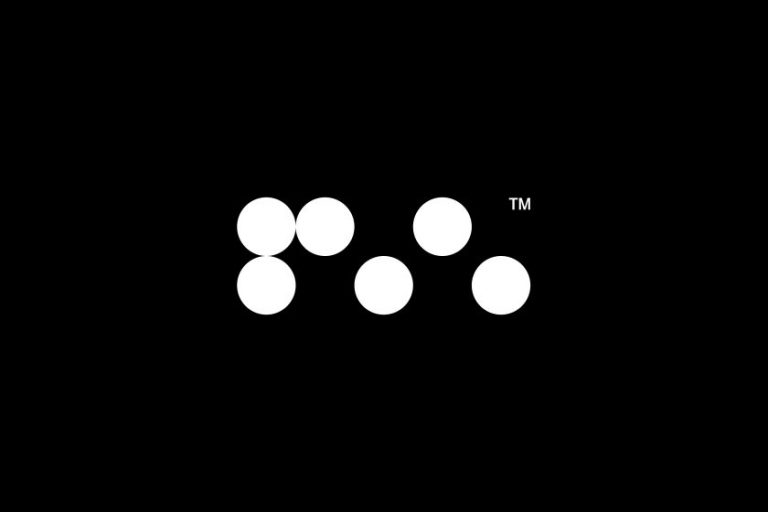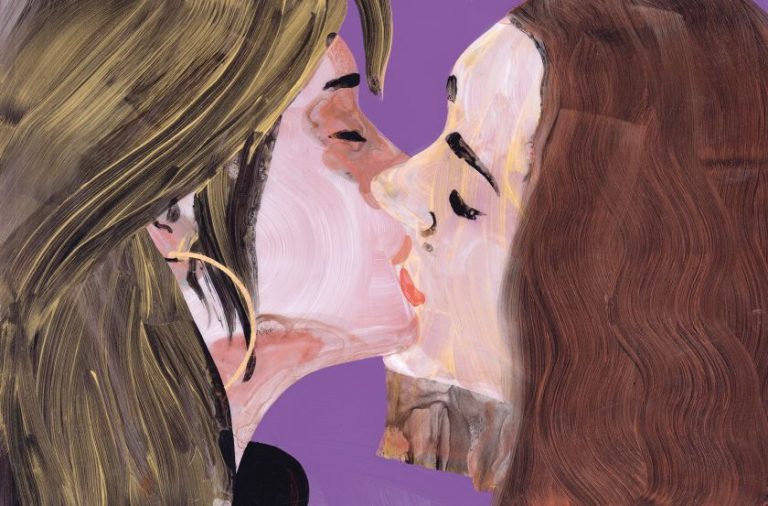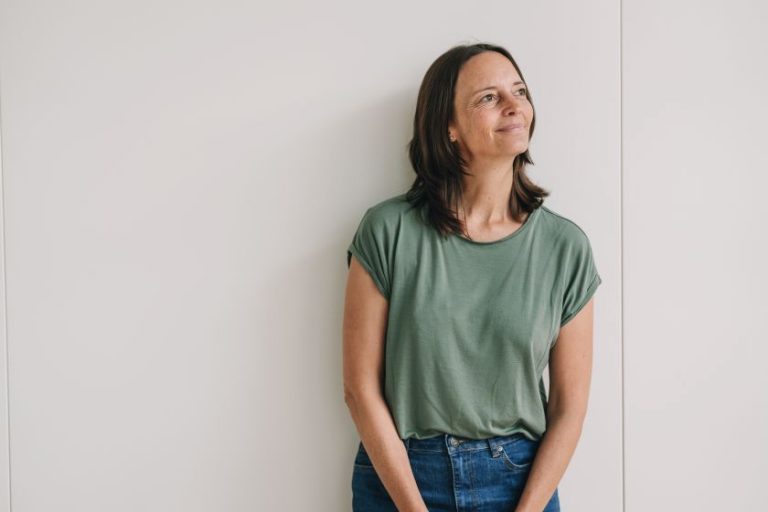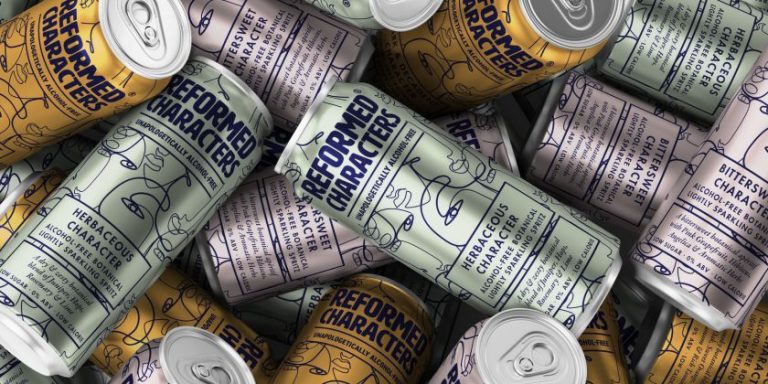Bisel by The Designers Foundry
The New Zealand type foundry has been offering quality, accessible and interesting typefaces to designers since 2012. We chatted with Daniel McQueen about how it all began and how they’ve carved out a niche in a highly competitive industry.
From their humble beginnings as a simple Tumblr-linked store with PayPal buttons to licensing fonts to industry giants like Apple, Nike and Disney, The Designers Foundry (TDF) has come a long way over the last 12 years.
The company was launched by Daniel McQueen as a side project back in 2012. Since then, this New Zealand foundry has carved out its niche in the competitive world of typography through a combination of accessible design and creative merchandising.
Looking back now, that launch year feels like a different era. There was no TikTok, Instagram and Snapchat were still in their infancy, and designers still dominated many older social platforms. “At the time, Tumblr was at its peak, and as an editor for their ‘#Design’ section, I had a decent following and great visibility on there,” Daniel recalls. “Whenever I posted, my ‘asks’ inbox would often get messages from people wanting to know what fonts were used. The demand for our fonts led me to start an online store.”
And Daniel knew a good font when he saw one. “I’d designed several typefaces at university for my graduation project in 2011,” he explains. “Because I was rather exposed to graphic design trends from spending a lot of time moderating #Design Tumblr, I caught the emergence of the experimental sans-serifs trend that ruled the internet for a while during that period and made typefaces within this genre. I mostly used them as an excuse to teach myself the type design tool Fontographer.”
Simple setup
The initial setup of The Designers Foundry was refreshingly straightforward. “It was incredibly basic: just a thumbnail JPG of the font name and a PayPal button,” remembers Daniel. “I manually emailed the fonts to buyers! But despite its simplicity, it was popular enough to allow me to expand the font offerings and improve the website. Twelve, almost 13 years later, I’m still at it.”
Since then, of course, the marketplace has become super-crowded and competitive. So, how has TDF survived? “There are so many incredible type foundries out there, but we try to stand out by focusing on variable fonts,” responds Daniel. “We’re currently developing new tools for our website to showcase these even more effectively. Another thing that sets us apart is our unique merch—something I really enjoy creating and that’s had good interest over the years. We’ve made everything from bricks to rain jackets to wall clocks.”
Unusually, they’ve just released three variable typefaces within the span of a month. The first of these was Wulkan. “Originally released as a display typeface, Wulkan has now been expanded to include Text and Headline families, complete with a variable optical axis to switch between them,” explains Daniel. “It’s a workhorse serif with meticulous attention to detail and now supports Cyrillic too.”
Then there’s Bisel. Daniel describes it as: “A bold, mechanical display typeface with a width axis. It’s strong and powerful; we can’t wait to see how it gets used in the wild. We made a children’s ABC book with this one as a promotional item.”
The third font to emerge from TDF’s stables recently is Granda. It is “a warm and inviting sans serif family with 27 styles, featuring both slant and weight axes,” says Daniel. Granda’s ability to recline and italicise makes it fun to experiment with, offering users incredible control and flexibility.”
Moon-shot invitation
One of the foundry’s proudest moments came in 2016 through a collaboration with deep personal significance. “Anthony Burrill accepted what felt like a moon-shot invitation to collaborate with us on a typeface release,” Daniel shares. “I’d studied and admired his work throughout high school and university, so it felt surreal when he said yes.”
Air freshener
The project took on additional meaning as they transformed the typeface into woodblocks and auctioned off a unique A-Z set to raise funds for bowel cancer research. “This was a deeply personal project for me, as my mother had been diagnosed with and sadly passed away from the disease,” says Daniel.
“We won a Gold medal in the New Zealand design awards that year for the project, too,” he adds. “That said, there are so many moments that make me proud. It’s always rewarding to see people we admire licensing our typefaces or featuring them in large-scale projects.”
Economic pressures
Looking ahead to 2025, Daniel sees the typography landscape evolving in response to economic pressures. “I think it’ll be a mixed bag,” he predicts. “While vast, highly complex variable font families will continue to emerge, I also think we’ll see a rise in smaller families or single-weight fonts.”
This practical outlook reflects TDF’s understanding of market realities. “This year has shown that people are spending less across all aspects of life,” Daniel reasons. “It’s undeniably an expensive time to be alive. Understandably, fonts aren’t a high priority for many.
Granda by The Designers Foundry
Wulkan by The Designers Foundry
Wulkan by The Designers Foundry
“For designers, convincing clients to invest in fonts has never been easy for designers, even in the best of times, let alone now,” he adds. “So I feel smaller families with the right offerings will be a smart way to align type designers’ time and resources producing typefaces to suit their customer’s budgets.”
From its origins as a simple online store to becoming a globally recognised foundry, Daniel’s journey embodies the evolution of digital typography itself. By adapting to changing technologies, market demands, and user needs while maintaining a commitment to accessibility and innovation in type design, The Designers Foundry has ensured that it has a bright future ahead of itself.










